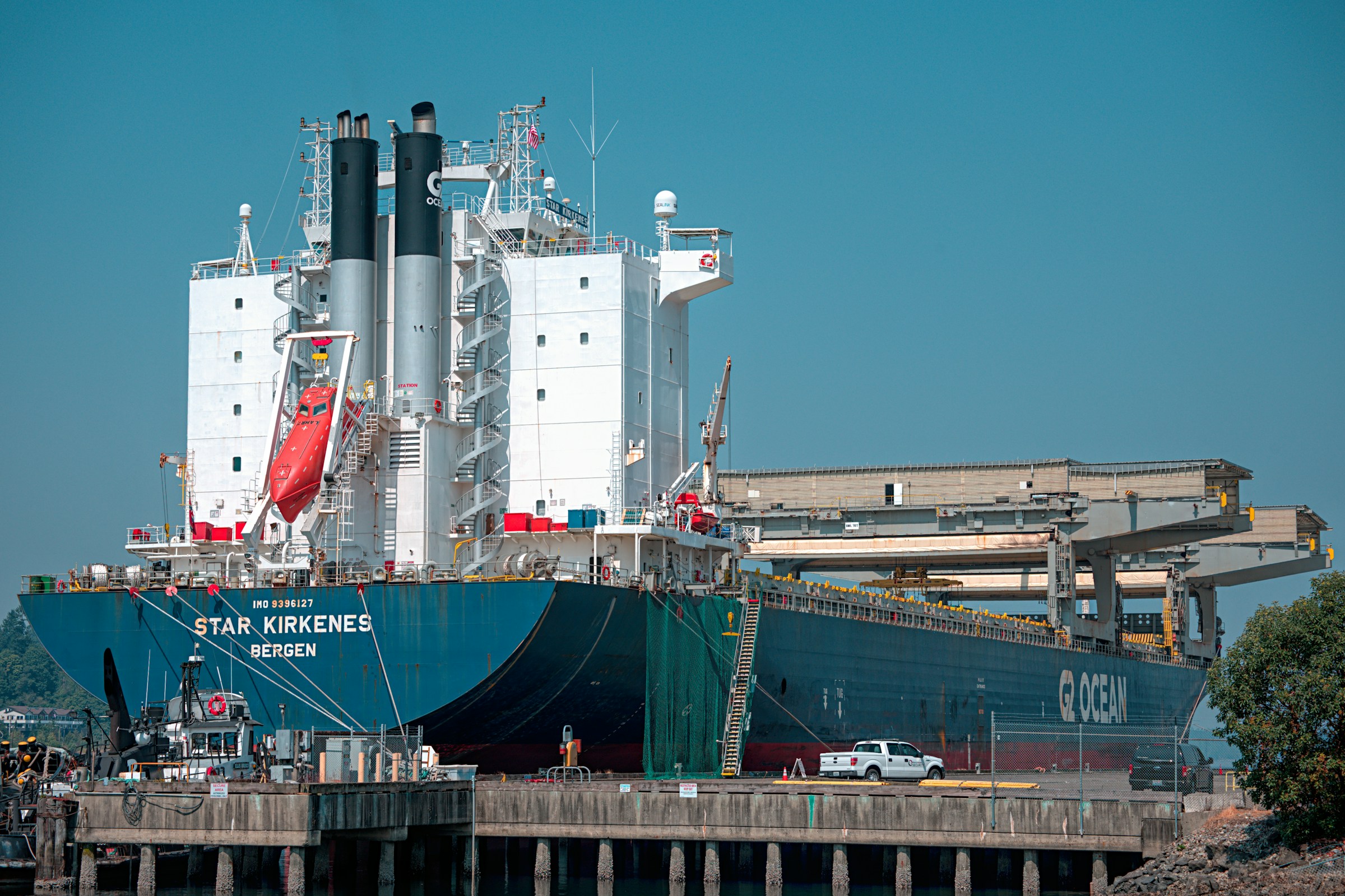Donald Trump’s executive order to double tariffs on Indian exports—raising duties to 50% in response to India’s continued imports of Russian oil—marks more than a retaliatory trade measure. It’s a rupture in bilateral predictability. And for sovereign allocators and central policy desks, the signal is unmistakable: the architecture of US-India trust is neither institutionalized nor future-proofed.
Framed by Trump as a response to India indirectly funding Russia’s war machine, the move reasserts a unilateralism many had hoped was structurally behind us. Instead, it reintroduces discretionary volatility into a corridor that had become central to many Indo-Pacific realignment theses. This isn’t about barrels. It’s about how quickly external partners can become internal targets—and how that reframes geopolitical neutrality as economic liability.
The macro trigger isn’t just tariffs. It’s the erosion of trust premiums that had been priced into India’s position as a non-aligned yet stable diversification axis.
The capital at risk is not just India’s export earnings—it is the allocative narrative that framed India as a next-decade certainty. That certainty is now in question, particularly for institutional investors who had overweighted Indian infrastructure, defense-industrial corridors, and FX-stable yield plays in anticipation of predictable US-India cooperation.
Multilateral development banks had positioned India as a preferred partner for Indo-Pacific logistics scaling. Gulf sovereign funds—particularly ADIA and PIF—have opened up strategic co-investments across India’s logistics, renewables, and oil storage assets. A tariff-triggered chill on US-India alignment introduces second-order friction across those portfolios.
Export-dependent mid-cap manufacturers, particularly in sectors where US demand had offset EU contraction (e.g., auto components, specialty chemicals), now face narrowed spread margins and volatility in demand cycles. On the FX front, the rupee had stabilized amid narrowing current account imbalances—but that equilibrium is now vulnerable to perception-led portfolio outflows, especially as the Reserve Bank of India walks a tightrope between inflation vigilance and growth support.
India's political risk premium just widened—not due to domestic instability, but because Washington has shown it can, and will, unilaterally redraw the terms of economic partnership with little institutional signaling.
There is, so far, no evidence of a coordinated regulatory buffer or diplomatic fallback. The Biden-aligned policy community has remained largely silent, allowing the Trump executive order to dominate signal space. This vacuum of rebuttal—not just from the White House, but from key institutions like the USTR or State Department—cements the ambiguity.
The Reserve Bank of India, meanwhile, has not announced any emergency FX stabilization measures, which suggests that the policy posture remains reactive rather than anticipatory. That, too, will be noted by allocators and FX desks who are recalibrating their confidence in India’s insulation mechanisms.
There is also no clear timeline or trade-off scenario offered: How much Russian oil import reduction would satisfy the tariff reversal condition? What does compliance even look like in a multipolar energy market? The absence of such granularity suggests the move was political—not regulatory—in origin, but economic in impact.
In this environment, capital is unlikely to seek ideological alignment. It will seek clarity. And clarity, right now, is more available in jurisdictions like the UAE, Singapore, and to a lesser extent, Saudi Arabia.
Singapore, with its clean FX policy framework and non-political trade regime, continues to be seen as a neutrality anchor—one unlikely to be caught in rhetorical crossfire between G7 and BRICS interests. Expect short-term positioning from sovereign allocators to tilt further toward SG-listed REITs, export-driven industrials, and MAS-regulated debt instruments.
Gulf funds, though deeply tied to India’s energy transition infrastructure, may pause fresh allocations until bilateral diplomatic posture is re-normalized. In their place, expect an uptick in Egypt- and Turkey-linked infrastructure plays—less ideologically scrutinized and currently repriced favorably in terms of political leverage risk.
Notably, Chinese capital—which had recently shown tentative interest in triangulating into South Asia via private routes—is likely to interpret this episode as a signal that Western-aligned democracies offer no real safe harbor if geopolitical alignment frays. That, too, will have medium-term capital posture effects.
For policymakers and capital stewards, this development is not just a flare-up—it’s a reset on assumptions. The US-India corridor has been, for years, spoken of as “strategic but not formal.” That ambiguity once allowed for pragmatic latitude. It now reveals its fragility.
The risk is not just higher tariffs—it is the downstream erosion of institutional coherence. If Washington treats partners without treaties as expendable, capital will respond not with protest, but with reallocation. India, in turn, may deepen its hedging behavior—amplifying engagement with BRICS mechanisms and tightening bilateral dependencies with Gulf and Southeast Asian actors.
This isn't a trade war. It's a credibility fracture. Sovereign allocators will adjust. The rhetoric will stabilize. But the trust premium will not return quickly—and the diversification math will shift accordingly.










.jpeg&w=3840&q=75)



